Is an Eye Mask the Unexpected Solution for Treating Sleep Apnea?

Stay tuned to our latest news
Sleep apnea is a frustrating and potentially dangerous sleep disorder that affects around 5 to 10 percent of people worldwide. The condition, marked by repeated breathing interruptions throughout the night, can lead to daytime fatigue, increased health risks, and a reduced quality of life. For years, the go-to treatments have been continuous positive airway pressure (CPAP) machines, oral appliances, and in some cases, surgery.
But what if there was a simpler, more unexpected solution hiding in plain sight? Emerging research suggests that something as basic as an eye mask could offer relief for those with sleep apnea. The logic seems counterintuitive - how could blocking out light impact a breathing disorder? However, the science behind this potential therapy is compelling.
So, let’s take a closer look at the research exploring the connection between eye masks and sleep apnea. If the findings hold true, an eye mask could provide an easy, affordable, and non-invasive option for managing this challenging sleep condition.
What Is Sleep Apnea?

As mentioned before, sleep apnea is a common sleep disorder that affects millions of people worldwide. It is characterized by periods of interrupted breathing during sleep, which can range from a few seconds to minutes. These interruptions, known as apneas, can occur multiple times throughout the night and often go unnoticed by the individual experiencing them. This condition can have serious health implications, as it leads to a decrease in oxygen levels in the body and disrupts the quality of sleep.
Are There Different Kinds of Sleep Apnea?
Sleep apnea is a disorder characterized by pauses in breathing or shallow breaths during sleep. There are three main types of sleep apnea: central sleep apnea (CSA), obstructive sleep apnea (OSA), and complex sleep apnea syndrome (CompSAS).
- Central sleep apnea (CSA): CSA is caused by a failure of the brain to transmit the proper signals to the muscles that control breathing during sleep. It is relatively rare and occurs when the respiratory control center in the brain fails to send the right signals. Symptoms of CSA may include daytime sleepiness, morning headache, insomnia, and frequent awakenings during the night.
- Obstructive sleep apnea (OSA): OSA is the most common form of sleep apnea and is caused by a blockage or collapse of the airway, resulting in breathing pauses. Soft tissue in the back of the throat collapses, blocking the airway and causing disruptions in breathing. Symptoms may include loud snoring, excessive daytime sleepiness, morning headache, and restless sleep.
- Complex sleep apnea syndrome (CompSAS): CompSAS is a combination of both CSA and OSA. It occurs when a person initially has OSA, but the use of continuous positive airway pressure (CPAP) therapy to treat it leads to the development of CSA. It is relatively uncommon and characterized by alternating periods of central and obstructive events during sleep.
What Causes Sleep Apnea?
Obesity is a major risk factor for sleep apnea. The excess weight can cause fat to accumulate in the upper airway, leading to obstruction and difficulty breathing during sleep. Similarly, smoking and alcohol consumption can contribute to sleep apnea by causing inflammation and narrowing of the airway, making it more challenging for air to flow freely.
Genetic predisposition also plays a role in sleep apnea. People with a family history of the condition are more likely to develop it themselves. Certain anatomical abnormalities in the upper airway, such as a deviated septum or enlarged tonsils, can also contribute to sleep apnea. These abnormalities can restrict airflow and cause breathing difficulties during sleep.
Nasal congestion is another important factor in sleep apnea. When the nasal passages are blocked or congested, it becomes more difficult to breathe through the nose. This can lead to mouth breathing and an increased risk of airway obstruction during sleep.
What Are the Signs of Sleep Apnea?
One of the most prevalent signs of sleep apnea is loud snoring. The sound is often disruptive and can be quite bothersome for bed partners. Additionally, individuals with sleep apnea may experience sudden awakenings with a choking or gasping sensation. These abrupt awakenings occur because the brain sends signals to wake the person up in order to restore normal breathing.
Excessive daytime sleepiness is another major symptom of sleep apnea. Despite having what seems like a full night's sleep, individuals with sleep apnea often wake up feeling tired and struggle to stay awake during the day. Morning headaches are also quite common among sleep apnea sufferers. These headaches are caused by the temporary drop in oxygen levels during apnea episodes.
Difficulty concentrating is a cognitive symptom frequently associated with sleep apnea. Due to the interruptions in sleep, individuals may find it challenging to focus on tasks and have reduced mental clarity. This can impact work performance and overall quality of life.
How to Have a Better Rest with Sleep Apnea?

For individuals with sleep apnea, there are several effective methods to improve sleep quality. One of the most common and effective approaches is to use continuous positive airway pressure (CPAP) devices. CPAP machines deliver a constant stream of air pressure to keep the airways open during sleep, ensuring uninterrupted breathing.
In addition to using CPAP devices, maintaining a consistent sleep schedule is crucial. Going to bed and waking up at the same time every day helps regulate the body's internal clock and promotes better quality sleep. Sleeping in the correct position can also improve sleep quality for sleep apnea sufferers. Sleeping on the side rather than on the back can help keep the airways open and reduce the frequency of apnea episodes.
Avoiding alcohol and sedatives before bedtime is another important strategy. These substances can relax the muscles in the airway, increasing the likelihood of apnea episodes. It is recommended to refrain from consuming alcohol and sedatives for a few hours before going to bed.
Additionally, practicing relaxation techniques can aid in improving sleep quality. Techniques such as deep breathing exercises, progressive muscle relaxation, and meditation can help reduce stress and promote relaxation, making it easier to fall asleep and stay asleep.
Can Eye Masks Help with Sleep Apnea?

Eye masks can potentially be beneficial for individuals suffering from sleep apnea. Sleep apnea is a disorder characterized by pauses in breathing or shallow breaths during sleep, which can lead to disruptions in sleep and poor overall sleep quality. Eye masks can help alleviate these symptoms by providing a comfortable and dark environment for sleep.
One of the primary benefits of eye masks is their ability to block out external light. Sleep apnea can be exacerbated by excessive light exposure, as it can disrupt the body's natural sleep-wake cycle. By wearing an eye mask, individuals can create a dark environment that promotes melatonin production, a hormone that regulates sleep. This can help to regulate the sleep-wake cycle and improve overall sleep quality.
Moreover, eye masks can also promote relaxation and reduce distractions. The soft and comfortable material of the eye mask can provide a soothing sensation, helping individuals to unwind and decompress before sleep. This can be particularly beneficial for individuals with sleep apnea, as stress and anxiety are known triggers for sleep disturbances. By blocking out external distractions such as light or movement, the eye mask can allow individuals to fully immerse themselves in a peaceful sleep environment, further enhancing sleep quality and reducing sleep apnea symptoms.
When to Consult a Doctor for Sleep Apnea?

It is important to recognize the key indicators and symptoms of sleep apnea that should prompt an individual to consult a doctor.
One of the most common indicators of sleep apnea is loud snoring. While snoring can occasionally be harmless, loud and frequent snoring can be a red flag for sleep apnea. Another key symptom is excessive daytime sleepiness. If an individual finds it difficult to stay awake during the day, even after getting a seemingly adequate amount of sleep, it may be a sign of sleep apnea.
Morning headaches can also indicate the presence of sleep apnea. These headaches can be caused by a lack of oxygen during sleep, which is a common result of obstructive sleep apnea. Frequent awakenings during the night are another symptom to be aware of. If an individual consistently wakes up multiple times during the night, it may be due to the interrupted breathing episodes associated with sleep apnea.
If any of these indicators or symptoms are present, it is imperative to consult a doctor. A healthcare professional specializing in sleep disorders will be able to properly diagnose sleep apnea and recommend appropriate treatment options. With early identification and intervention, individuals can improve their sleep quality and overall health.
Takeaway
Sleep apnea is a prevalent and serious sleep disorder that significantly impacts individuals' quality of life and health. While traditional treatments such as CPAP machines, oral appliances, and surgery have been the mainstay, emerging research presents an intriguing possibility: the use of eye masks as a complementary therapy.
The idea that something as simple as blocking out light with an eye mask could aid in managing a breathing disorder may seem unconventional. However, scientific studies suggest that reducing light exposure can improve sleep quality by promoting melatonin production and reducing sleep disturbances, potentially offering relief to those with sleep apnea.
This potential therapy underscores the need for innovative, non-invasive solutions in managing sleep disorders. If further research confirms the benefits, eye masks could provide an affordable and straightforward addition to the treatment regimen for sleep apnea, making restful nights more attainable for sufferers. For anyone experiencing symptoms of sleep apnea, consulting a healthcare provider remains crucial to receive a proper diagnosis and explore all available treatment options.
Renpho Health Tips
-
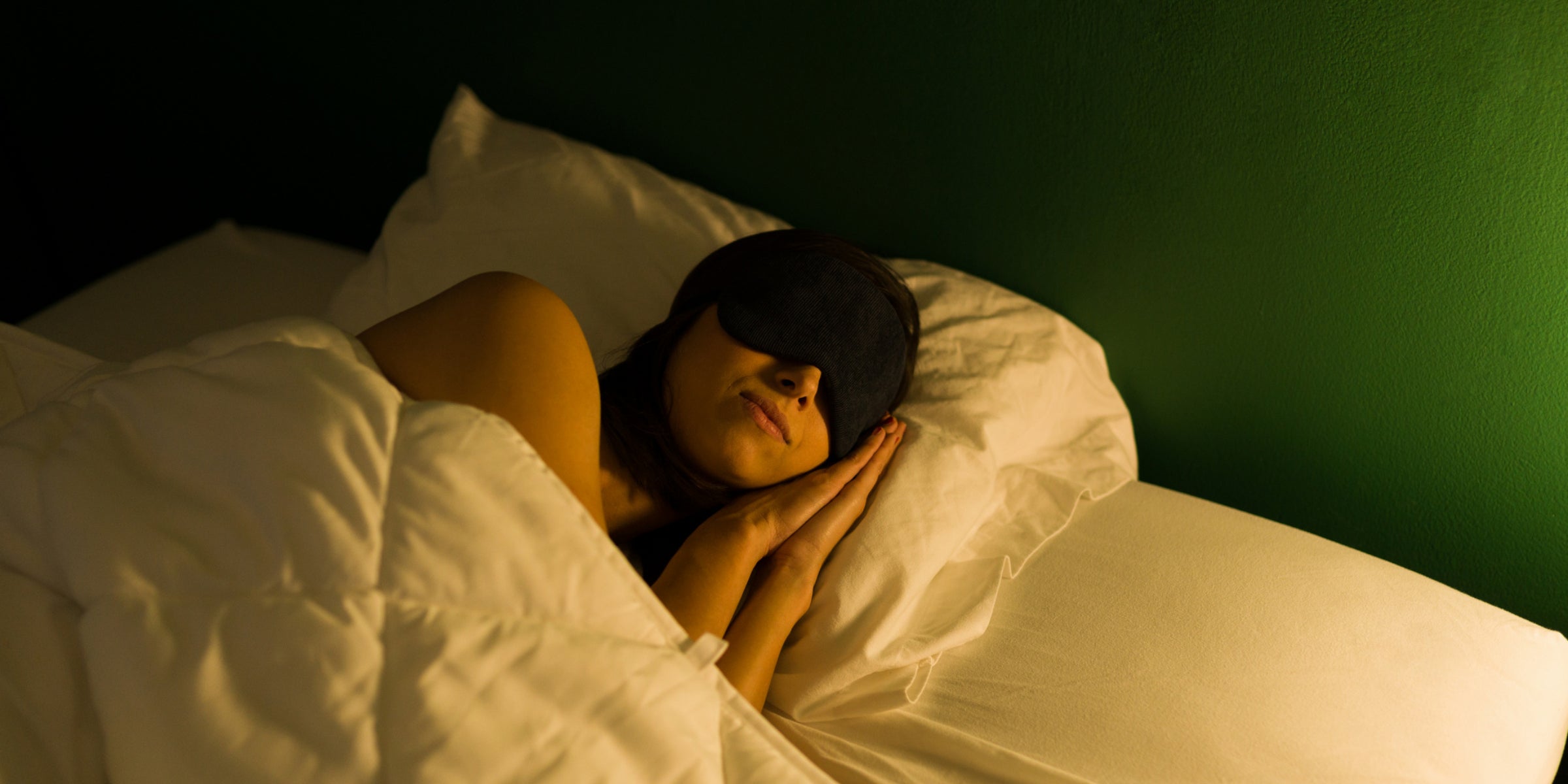
The Eye Mask Advantage: Gaining Control Over Sleeping Paralysis
July 2, 2024
Read more >
-
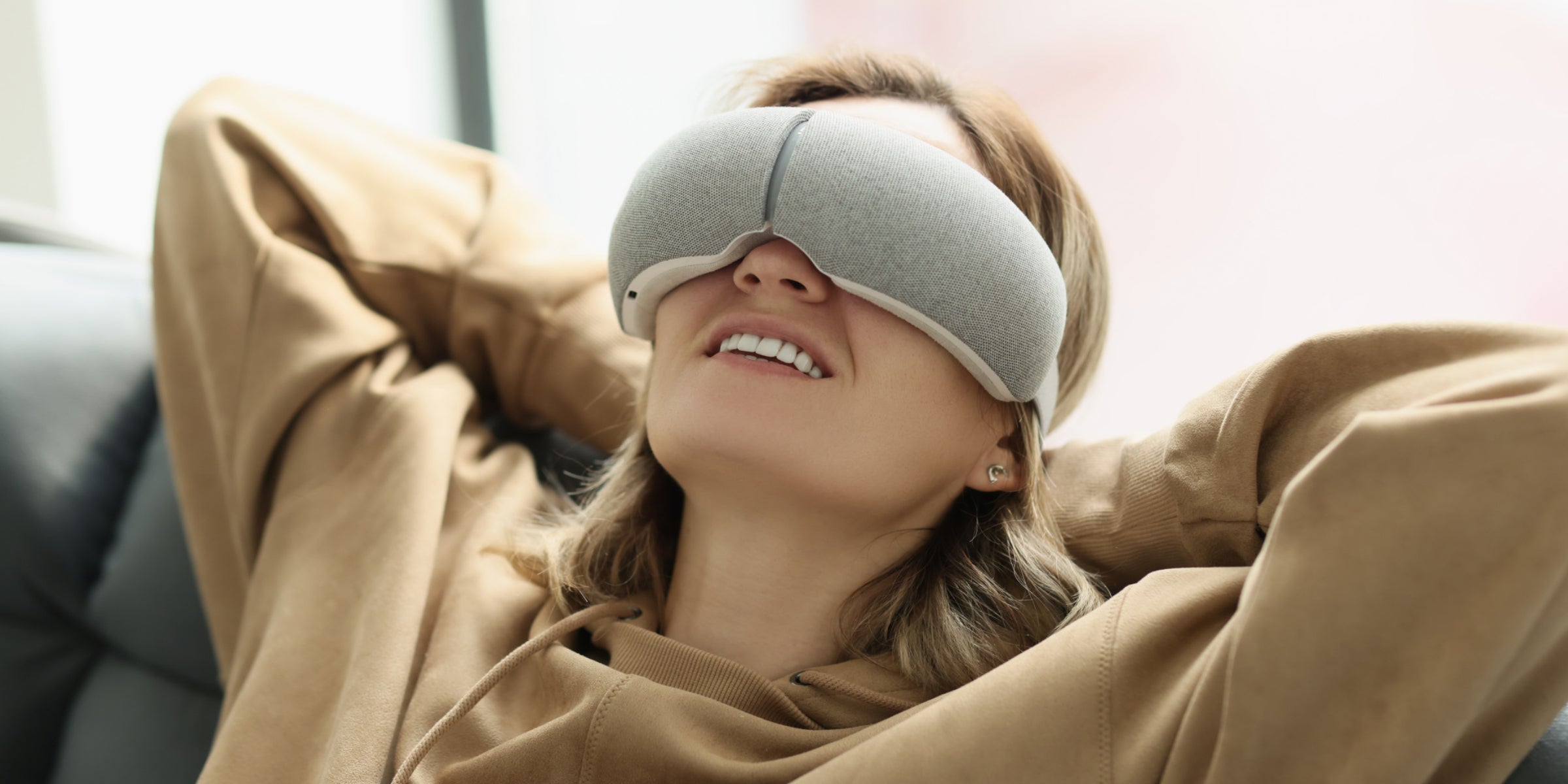
From Massage to Slumber: Exploring the Sleep Mask Potential of Eye Massagers
July 1, 2024
Read more >
-
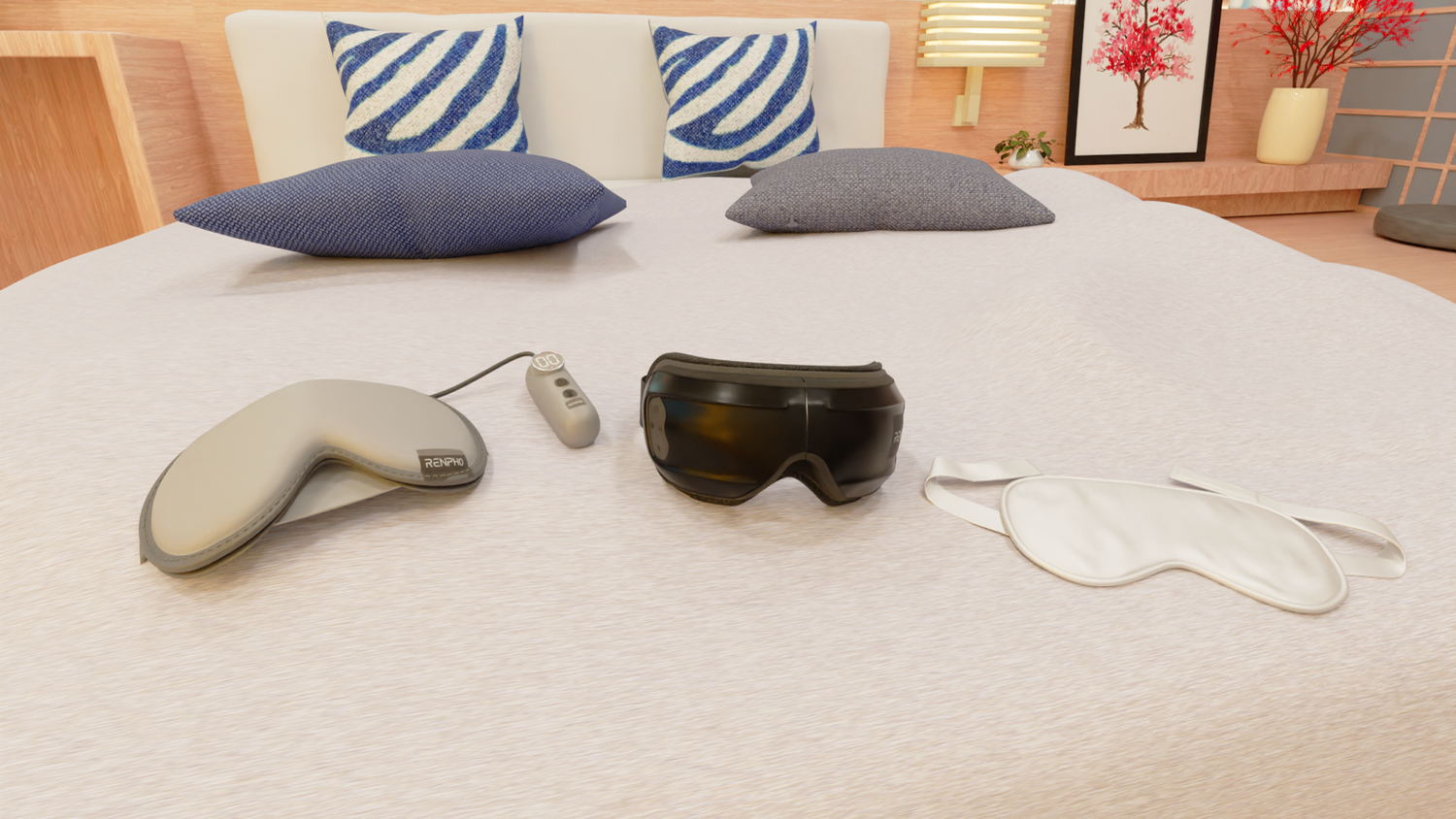
Unmasking the Truth: Are Eye Masks and Sleep Masks the Same?
June 27, 2024
Read more >
-
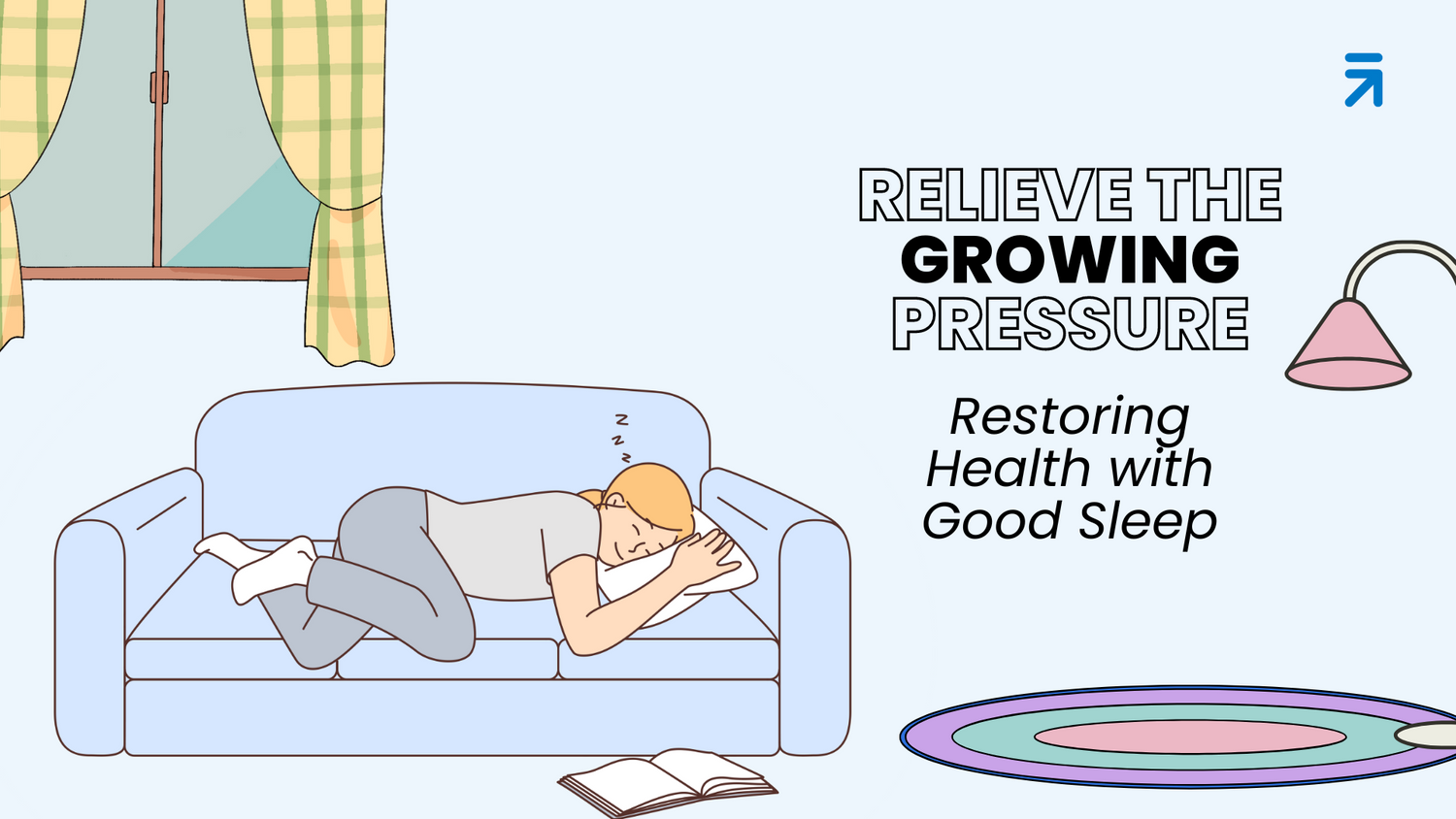
Relieve the Growing Pressure: Restoring Health With Good Sleep
June 26, 2024
Read more >
-
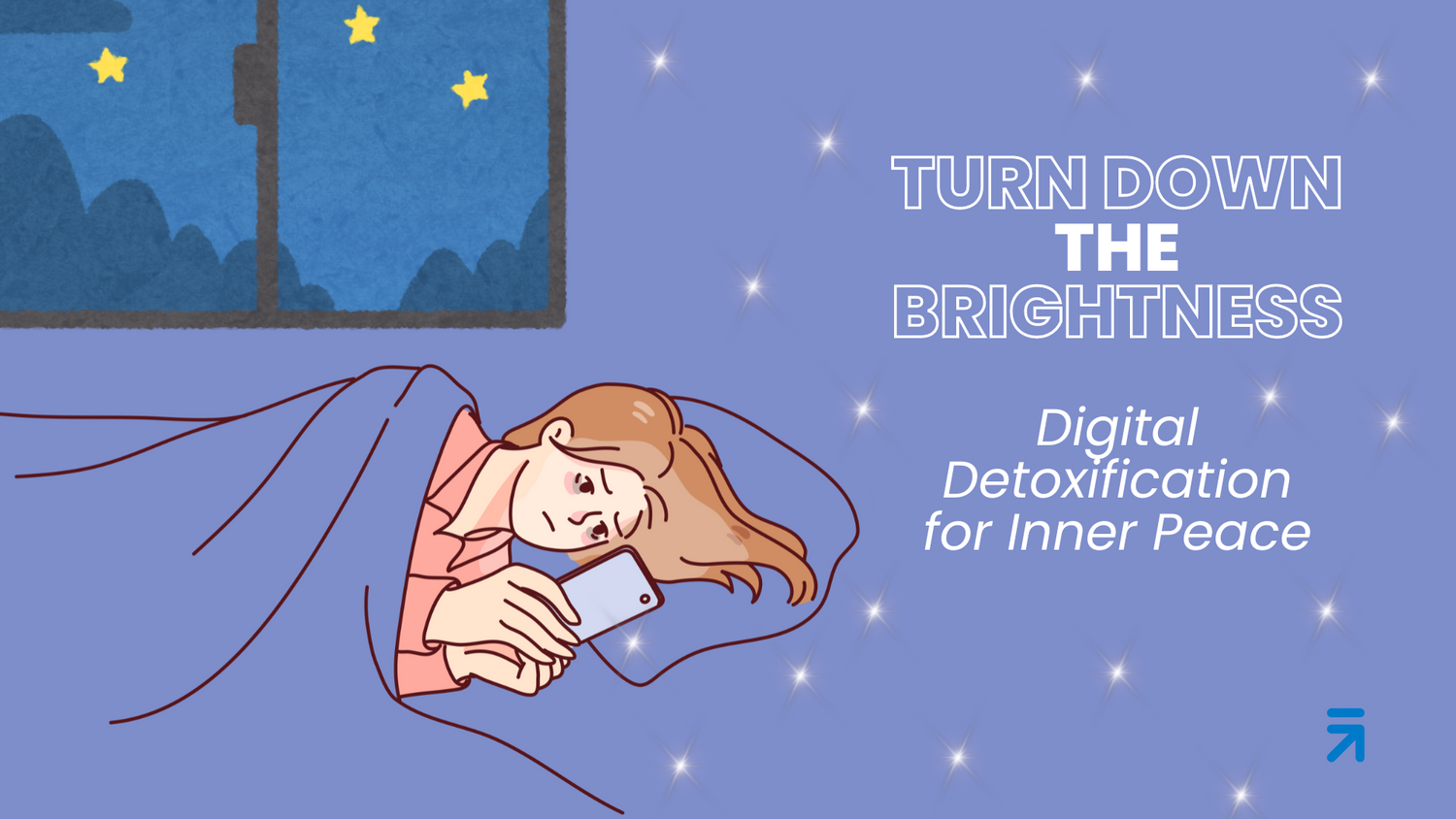
Turn Down the Brightness: Digital Detoxification for Inner Peace
June 25, 2024
Read more >






